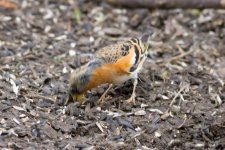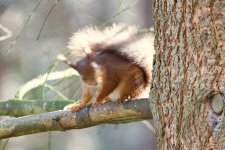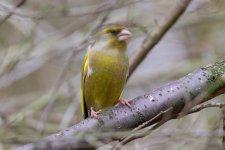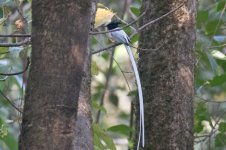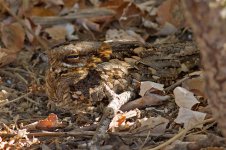nick scarle
Leo
I'm going to Ghana for a few days birding this weekend.
My primary interest is seeing/watching birds and wildlife but I do enjoy getting a few record shots as well.
I'm expecting it to be quite gloomy in the forest so my question is what ISO values should I aim to be using to get reasonable results. I have a Canon 7D and 100-400 zoom.
Thanks in advance
Nick
My primary interest is seeing/watching birds and wildlife but I do enjoy getting a few record shots as well.
I'm expecting it to be quite gloomy in the forest so my question is what ISO values should I aim to be using to get reasonable results. I have a Canon 7D and 100-400 zoom.
Thanks in advance
Nick




